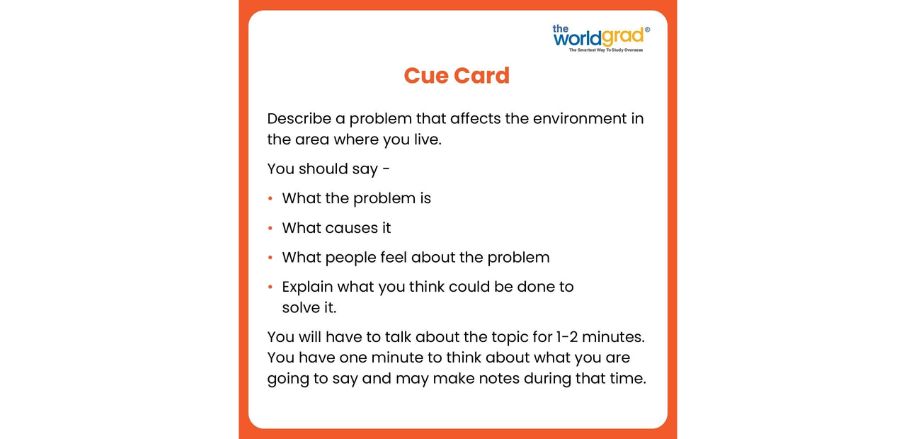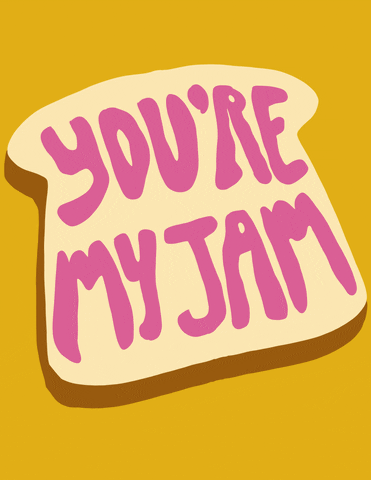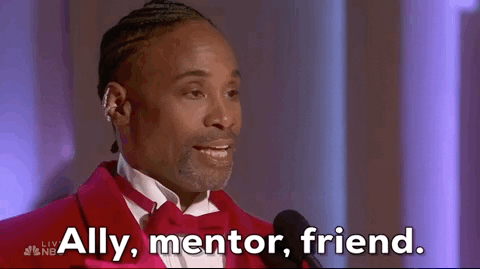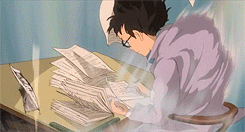
IELTS Cue Card: Topics, Sample Answers, Preparation Strategy
When you’re taking the IELTS speaking test, you’ll come across IELTS Cue Cards. They’re a part of the second task. Once you receive one of these cards, you must talk about the topic it provides. To do well, you need certain skills. One of the most important skills is knowing how to structure your answer around the given topic.
In the IELTS exam, a cue is like a hint about the topic you need to talk about. The cue helps you focus on a subject in your response. Let’s dig deeper to grasp how cue cards work in the IELTS exam.
What is an IELTS Cue Card?
The IELTS exam has two main categories: Academic and General Training. The speaking test is the same for both categories. In the first part, the introduction and interview section, test-takers will be asked questions about themselves. These questions will cover topics like their family background, education, etc.
The IELTS speaking cue cards are pretty important in the second part of the test. This is when you choose a cue card and talk about the topic for at least two minutes. After your speech, the examiner will ask follow-up questions about the same topic. There will be around 3-4 questions related to the IELTS cue card topic that you need to answer. Your performance will be evaluated based on four criteria and you’ll be assessed on a scale from 1 to 9.
Below is an example of an IELTS cue card.

Analysing IELTS Cue Card Topics
Below, you’ll find a selection of IELTS cue card topics examples.

Examples of IELTS cue card topics
The topics are organised to make it easier for you to navigate through the list and choose speaking cue cards that you find interesting or relevant for practice.
| IELTS Cue Card Topics | Review |
| Favourite | In these topics, you need to talk about the things you like. |
| Time-based | In these topics, you’ll need to discuss events that have happened in the past, are happening now, or might happen in the future. |
| Person | The question could be asking you to talk about a friend, someone you really like, or maybe someone who has had a big impact on your life. |
| Object | You may have to talk about any object like a phone, television or any object mentioned in the question. |
| Place | In these topics, you need to talk about the places you have visited, or you will visit. |
| Work | Questions could be asked about your work life and accomplishments. |
| Study | Questions will be asked about the courses you want to study and why you want to study. |
List of IELTS Cue Card Topics
Here are some common topics you may get in IELTS speaking cue cards. Knowing these will help you prepare better. The more you prepare for cue card types, the better you will do in this part.
FAVOURITE

- Describe your favourite picture or photography you like
- A song that has special meaning to you
- A story/ novel interests you
- Describe a special or favourite toy you liked in your childhood
- Describe a favorite song that you like
- Describe a restaurant you like(to go to)/ that impresses you
- Exciting sport
- Describe an indoor game that you would like to play
- Describe an area of science you like or are interested in
- Describe a free time activity you like to do after study or work
TIME-BASED
- A subject at school
- Describe a difficult thing you did
- Things you want to buy in the future
- Describe an ambition that you haven’t achieved
- An age/stage in your life you enjoyed most
- Describe a skill that was difficult for you to learn
PERSON

- Describe a creative person whose work you admire
- Describe someone you consider a good leader
- Describe one of the family members you spend the most time with
- An occasion you unexpectedly met someone for the first time
- Describe someone in the news you would like to meet
- Someone/Something made a lot of noise
- An older person whom you admire
- A good/best friend
- Describe an old friend
- Describe a family member
- An interesting neighbour you like
- talk about an interesting conversation you had with a stranger
- A person speaks a second (foreign) language well
- A time when you waited for something or someone to arrive
FAMILY

- Describe your family
- Describe a family event you are looking forward to
- Describe a family picnic or tour you have had
OBJECT
- Describe a picture or photograph in your home
- A gift you gave that took a long time to choose
- Describe a piece of electronic equipment that you find useful
- A time you borrowed something useful
- Describe an object you find particularly beautiful
- A house/apartment you like to live in
- A product you were happy with
- An item of clothing that someone bought for you
- Describe a painting or work of art
- Describe a time someone or something made noise
- Talk about a traditional object of your country
PLACE
- A place you remember well that is full of colour
- A country you have not been to yet
- A street that you like to visit
- Describe a polluted place
- A place near water you visited
- Describe a place where you often go to relax
WORK/STUDY

- A project at work or homework assignment
- Describe a course that impressed you a lot
- Describe a piece of work you did quickly
- Describe your dream/ideal/perfect Job
- Describe something that you want to learn more
- Describe a law on environmental protection
IELTS Cue Card Marking Criteria
During the IELTS speaking test, you will be given a cue card with a topic to talk about. You will have 11 to 15 minutes for this section. Your performance will be marked on four areas:
- Speaking fluently: This area looks at how smoothly you can speak English. It’s about avoiding pauses, repetitions and interruptions in your speech.
- Word choice: This area assesses the range of vocabulary you use and whether you choose the right words for the context.
- Grammar: Here the examiner will look at the variety of grammatical structures you use in your speech. This includes tenses, parts of speech and sentence construction.
- Pronunciation: This area measures how clearly you can pronounce English words, regardless of your native language background. It’s about individual sounds, word stress, rhythm and intonation patterns.
Different Parts of IELTS Speaking Test
The IELTS Speaking test is a face-to-face interview with a certified examiner. It has three different parts:
Part 1: Introduction and Interview
This section lasts around 4 to 5 minutes. The examiner will ask you some general questions about yourself, like your family, job, studies, interests, and other familiar topics.
Part 2: Cue Card
This part takes 3 to 4 minutes.
You’ll receive a task card with a specific topic and some prompts. You get 1 minute to prepare and make notes, then you’ll speak for 1 to 2 minutes on the given topic. The examiner may ask one or two follow-up questions.
Part 3: Two-way Discussion
This section lasts 4 to 5 minutes. The examiner will discuss a topic related to the one from Part 2 but in a more abstract way. You’ll need to express and justify your opinions, analyse issues, and discuss abstract ideas.
The IELTS Speaking test evaluates how well you can communicate in English. It looks at your fluency, coherence, vocabulary range, grammar structures, accuracy, and pronunciation.
Tips for Acing IELTS Cue Card Round
Below are some tips that will help you ace your IELTS speaking cue card round:
- Read the question: First, read the IELTS cue card question carefully and note any instructions.
- Plan: Before you start talking, take a few seconds to think. What are your main points, and how will you structure your answer?
- Use the Prompts: The IELTS cue card will give you some prompts. Use them!
- Talk clearly at a good speed: When you talk, talk clearly and confidently. Not too fast, not too slow. Take your time but also time manage.
- Give examples: Add examples to what you say.
Sample IELTS Cue Card Topic With Answer
Here is a sample IELTS cue card topic:
Describe something you couldn’t afford before but have recently bought it.
- What is the thing?
- Why have you wanted it?
- How did you manage to buy it?
- Are you satisfied with it?
Here’s the answer to the above question:
For a long time, I really wanted to buy a new phone, but I couldn’t save up enough money to afford the one I specifically had in mind. It wasn’t just any phone – I was set on getting the Huawei P20 because of its superior features. This powerful yet beautifully designed gadget truly combines technology and design in an outstanding way. What really drew me to it was its precise dual camera, which was very appealing since I take lots of photos and videos. Having such a powerful camera with me at all times would be a great advantage. Additionally, the phone was sleek, thin, and had an amazing gradient glass back. It also had a large screen with bright, vibrant colours, so I knew the quality of my media content would look great.
The Huawei P20 had been tempting me for quite a while. Luckily, I recently got invited to a new job position, which allowed me to take on more responsibilities and a broader range of tasks. With this new job, my salary also increased. I was able to earn and save significantly more money. So, within a couple of weeks, I ordered the phone and became its proud owner. It’s been a year since I bought it, and I can honestly say I’m quite happy with its quality and overall performance so far. It hasn’t broken down even once, and I enjoy using it every time – even just the feeling of holding it in my hands.
IELTS Cue Card FAQs
Q1. What are cue cards?
A1. During the IELTS Speaking test, you’ll be given a cue card. This card will have a topic or scenario written on it, along with some key points or questions to guide you. The purpose of this cue card is to give you an idea of what you should talk about.
Q2. Do IELTS cue cards repeat?
A2. IELTS cue cards can actually be repeated or used again in the speaking test. However, the topics on the cue cards might have some slight differences or they could focus on a different aspect compared to previous versions. The set of IELTS speaking cue cards gets updated every four months.
Q3. What happens if I speak for less than 2 minutes in IELTS?
A3. Being able to speak continuously for the entire 2 minutes during the IELTS Speaking test is really important. If you can’t keep talking for the full duration, it might have a negative impact on your fluency score. Fluency is a key factor, and doing well in this aspect is crucial for achieving a band score of 7 or higher.
Q4. How can I practice the IELTS cue card?
A4. If you want to practice for the IELTS cue card section, pick a random topic. Give yourself a minute to prepare, and then talk about that topic for two minutes. Record yourself and listen to it to figure out which parts you can improve.
Q5. How much time is given for the IELTS cue card task?
A5. Test-takers are given a minute to prepare and jot down some notes. Then,, they have to speak about the given topic for about 2 minutes.
Q6. What are some common IELTS cue card topics?
A6. Some common IELTS cue card topics include describing a movie, event, or person, or discussing a book.

